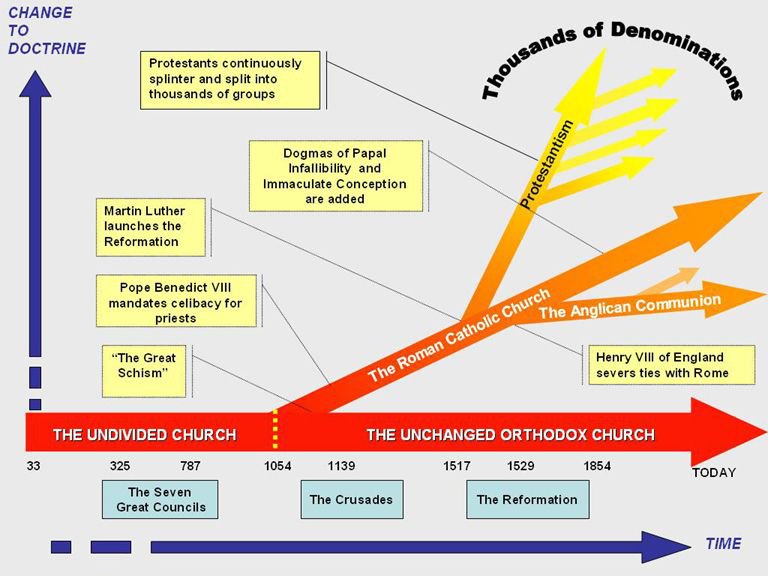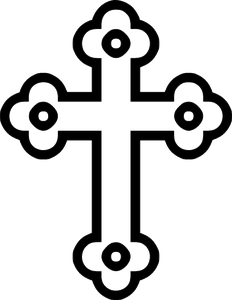The Basics
St. Anthony Orthodox Christian Church is thoroughly Christian, steadfastly Trinitarian, and in full communion with the rest of worldwide Eastern Orthodox Christianity, which has an estimated 300 million members. St. Anthony Church is a parish in the jurisdiction of the Patriarch of Antioch - the first Church of the Gentiles (see Acts 11:19-30).
We hope this website proves useful to you in learning about the Orthodox Christian Faith, and about the incredible family of dedicated believers that make up St. Anthony the Great Orthodox Christian Church.
May God the Father, His Only-Begotten Son, Jesus Christ, and His Holy Spirit - who is One God - guide your journey and protect your steps.
A Bit of History
To the average American, Orthodox Christianity is foreign.
It was on Pentecost, ~33 AD - the day of the Coming of the Holy Spirit into the hearts of man, that the Orthodox Church was established as we know it today. Over the past millennia, Western Christianity has experienced a crescendo of schisms and splits, starting with the Great Schism of 1054 and later the 16th Century Protestant Reformation, which has shattered Western Christendom into thousands of denominations and sects. However, throughout its vast two millennium history, the Orthodox Christian Church has maintained its Apostolic unity in both doctrine and practice, and its love for God and for one another, just as Christ prayed for His Church: "that they may all be one; just as you, Father, are in me, and I in you, that they also may be in us..." (John 17:21a)



